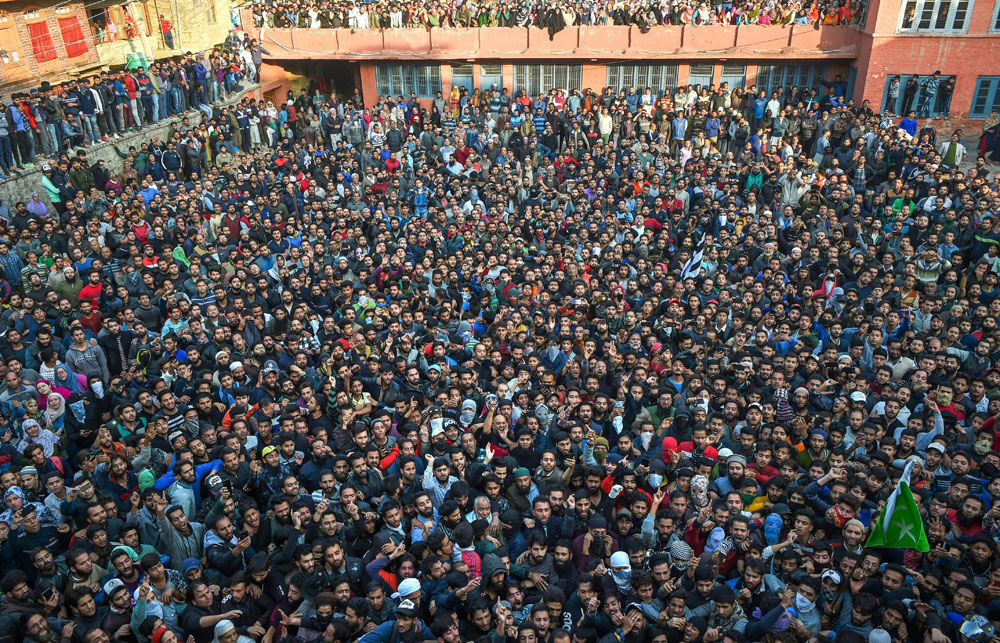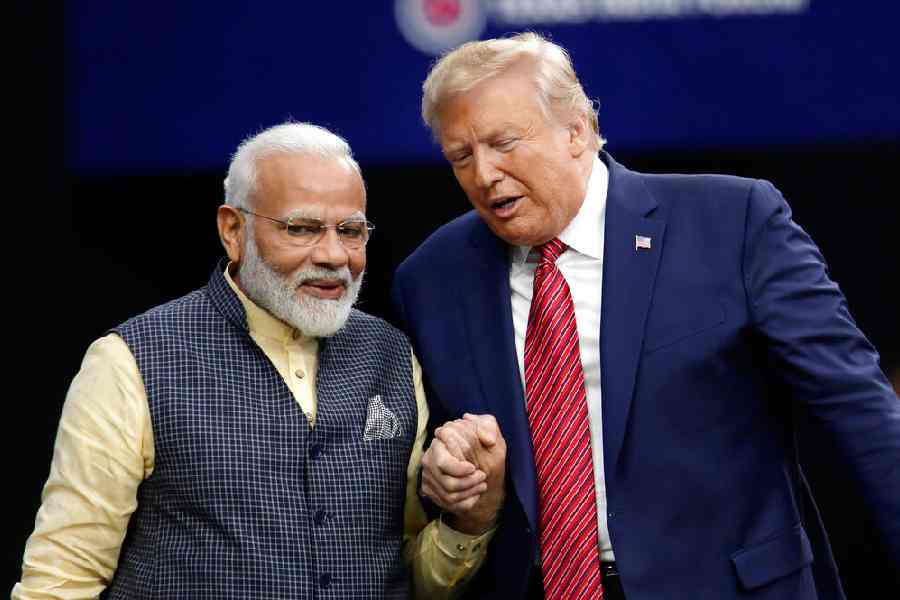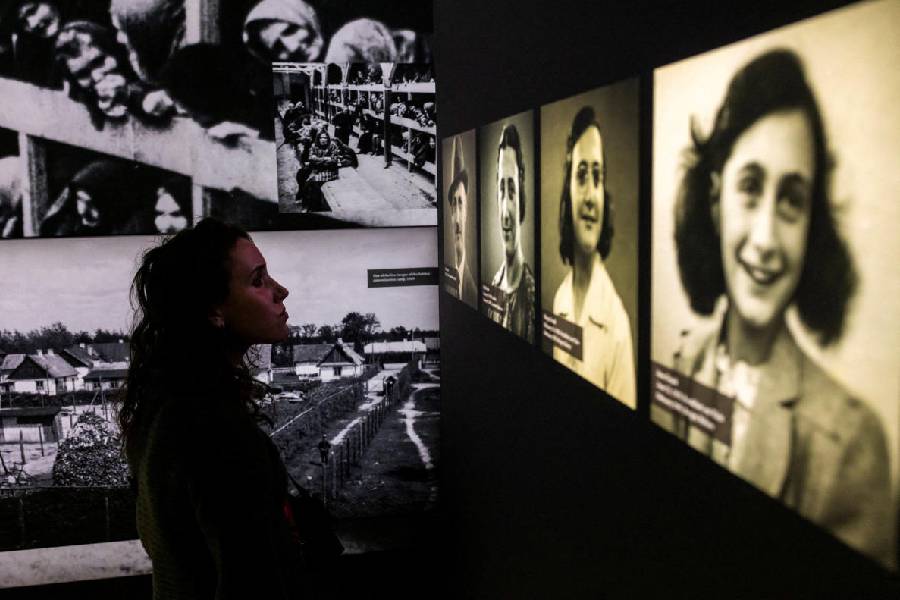A silver lining can, at times, be eclipsed by clouds. A young scholar from Kashmir has made it to one of the most prestigious scientific institutions in the United States of America. But this scholar could be seen as an exception at a troubling time when a number of educated youth from the strife-torn state are choosing to join the ranks of militants. A few days ago, one such scholar-turned-militant — he was pursuing a doctoral degree in Aligarh Muslim University — was gunned down in a security operation in North Kashmir. Most Indian citizens would choose a promising career over a truncated life bearing the gun. The fact that some students in Kashmir — these are intelligent, opinionated minds, the kind that the political fraternity must engage with — are choosing differently is a testimony to a deeper, festering crisis.
The security establishment has argued that the number of highly educated radicals is negligible, and that there is no reason to ‘glorify’ their legacy. But numbers seldom tell the whole story. That Kashmir’s youth — educated or otherwise — remain disenchanted with their state of affairs is undeniable. The governor must have had this kind of discontent in mind when he referred to the growing sense of alienation in the state. This worrying chasm made its presence felt most notably during the recent round of local elections: the Valley witnessed an embarrassingly low voter turnout of 8 per cent. New Delhi cannot afford to look at the seeming rejection of the political process and the trickle of students towards violence as disjointed events. These disturbing dots need to be joined and a mutually agreeable language of engagement found, not just with Kashmir’s political stakeholders but also its youth. Some of the reasons for the smouldering anger amongst Kashmir’s young people are obvious: the orthodoxy of the religious discourse, lack of employment opportunities, draconian laws that allegedly legitimize infractions by security forces, the inertia and polarization that have crept into Kashmir’s politics. To these must be added the shrinking space for debate and activism that heighten their sense of besiegement as well as political endorsement of a bigotry that leads to the vilification of and violence against Kashmiri students studying in other parts of India. This constituency has been assaulted in Haryana, Rajasthan and Hyderabad; sedition charges have been pressed against three Kashmiri students in Aligarh Muslim University recently. The violence, in all its layers, holds a mirror to Indian democracy in telling ways.











